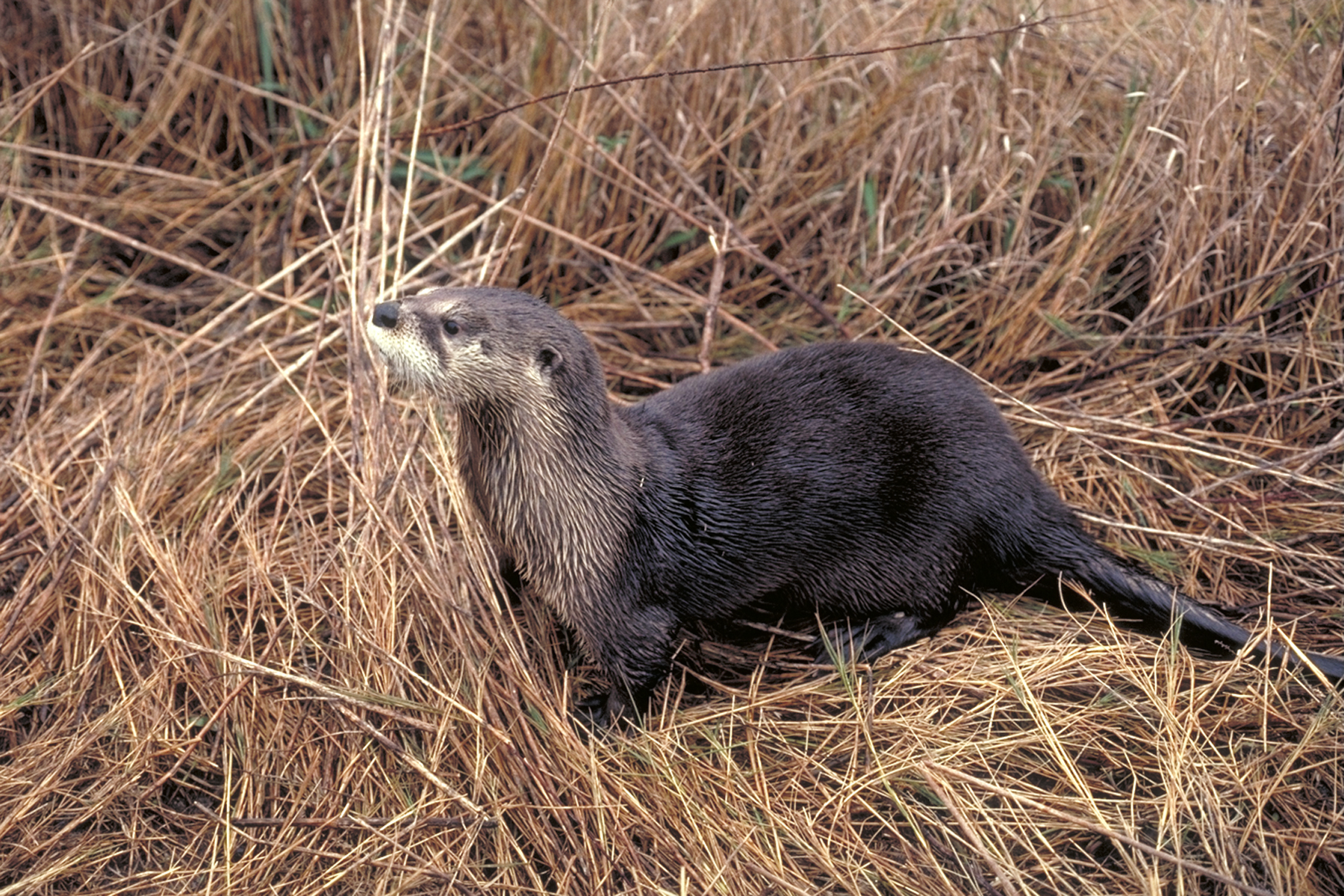A rare collaboration to preserve and restore a threatened Texas ranch makes conservation history today
Hays County, the City of Austin, and the Hill Country Conservancy (HCC), with funding from the federal Natural Resources Conservation Service (NRCS), came together to purchase a conservation easement on the historic Dahlstrom Ranch, a 2,254-acre ranch located near Buda, Texas. This rare collaboration between a private landowner, county, federal agency, and city, began in 2007 and will be the first private land preservation agreement of its kind. The privately owned ranch will have the unique distinction of providing a 384-acre area for public education and nature programs proposed by a public access committee led by the National Parks Service and will be managed by Hays County.
“Through this conservation easement, Gay Dahlstrom, in partnership with Hays County, as guided by Precinct 2 Commissioner Jeff Barton, NRCS, HCC, the City of Austin and many others, has ensured that a majestic piece of the Texas Hill Country will not only survive, but allow our native wildlife and natural resources to thrive,” said David Braun of
Braun & Associates, attorneys for Gay Dahlstrom. “Gay is an exceedingly modest and private person, but today she and her family have set a proud and important example for all conservation-minded Texas landowners.”
With a family history dating back five generations, the Dahlstrom Ranch on Onion Creek has played a big part in Hays County’s heritage. The property also plays a key role in the area’s well-being thanks to its abundant aquifer recharge. The historic ranch holds an impressive system of caves and sinkholes which directly convey clean water to our aquifer. Also, following a reduction in livestock grazing in 2005, the ranch’s wildlife habitat and native grasses have staged a welcome comeback.
In recent years, the Dahlstroms, like many other Texas families, were faced with the decision on whether to begin selling off their land to developers in order to pay estate taxes. Gay Dahlstrom chose to preserve the family’s heritage and legacy, retaining attorneys Braun & Associates to guide her through the process of obtaining a conservation easement, which would allow her family to keep the ranch intact. This contract between property owner and conservation organization, while providing critical tax incentives, also allows the owner to protect the water resources, wildlife habitat, natural character, and other conservation values of the land. A conservation easement restricts the amount and type of development allowed on the property, and conveys the right to enforce these restrictions in perpetuity, while preserving the right to traditional agricultural uses and limited residential use.
“This partnership provides multiple benefits, keeping this land intact for the family’s ongoing use and enjoyment while preserving the unique caves and other karst features of the ranch and furthering enhancement of its ecology and wildlife”, said Frank Davis, Director of Land Stewardship at HCC.
“I am very pleased we are able to partner with Hays County and Hill Country Conservancy on this important project,” said City of Austin Mayor Lee Leffingwell, a longtime supporter of the use of voter-approved bonds designated for the acquisition of open space. “As our region continues to grow, it is important that we lead in the effort to protect our natural resources, and acquisitions like this one ensure we are doing our part to protect and enhance our environment, particularly our water quality, and the heritage of the Aquifer region and Texas Hill Country.”
Gay Dahlstrom’s son, Jack Dahlstrom, Jr., has plans for eco-tourism and nature and wildlife-related art exhibits on the property, with the ultimate goal to further the community’s understanding of, and respect for, the area’s heritage and environment. The Dahlstrom family has a long-term plan for continuing to restore the land and its native wildlife.
“At the end of the day, my mother did this because she loves this land and appreciates all that it has given us,” said Jack Dahlstrom, Jr. “Now, it’s our family’s turn to give back to the land, and we appreciate the efforts of everyone who worked so hard to help us make that happen.”
Labels: conservation easement, dahlstrom, hill country conservancy



